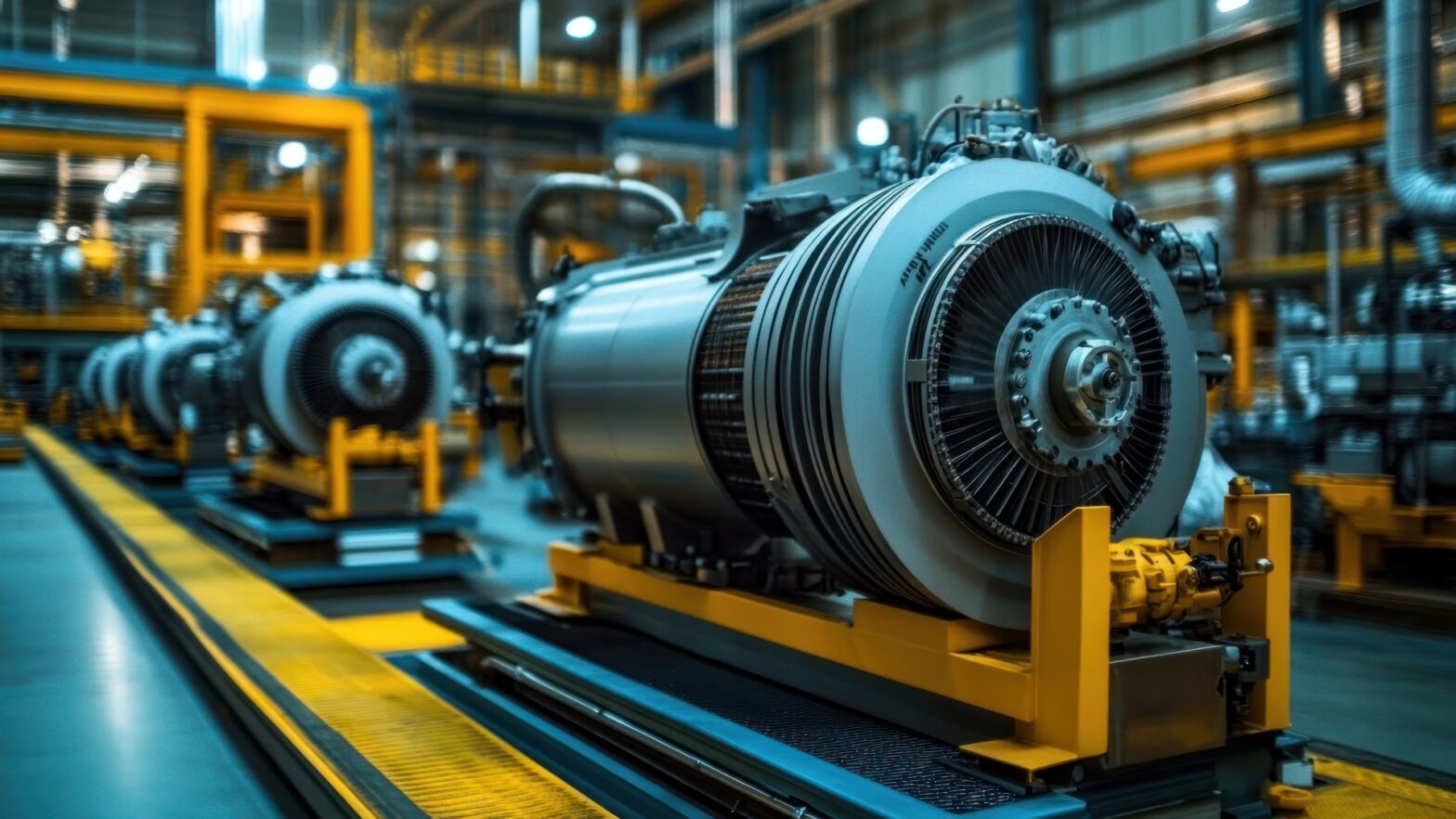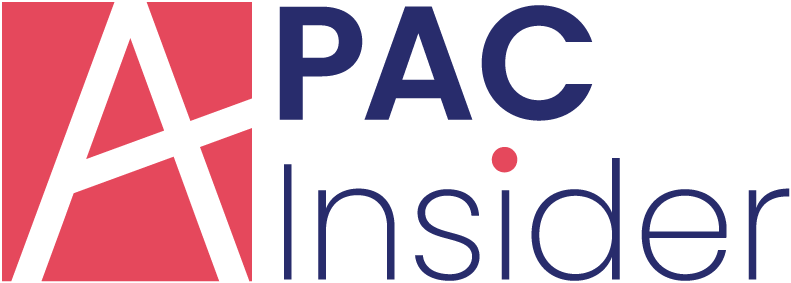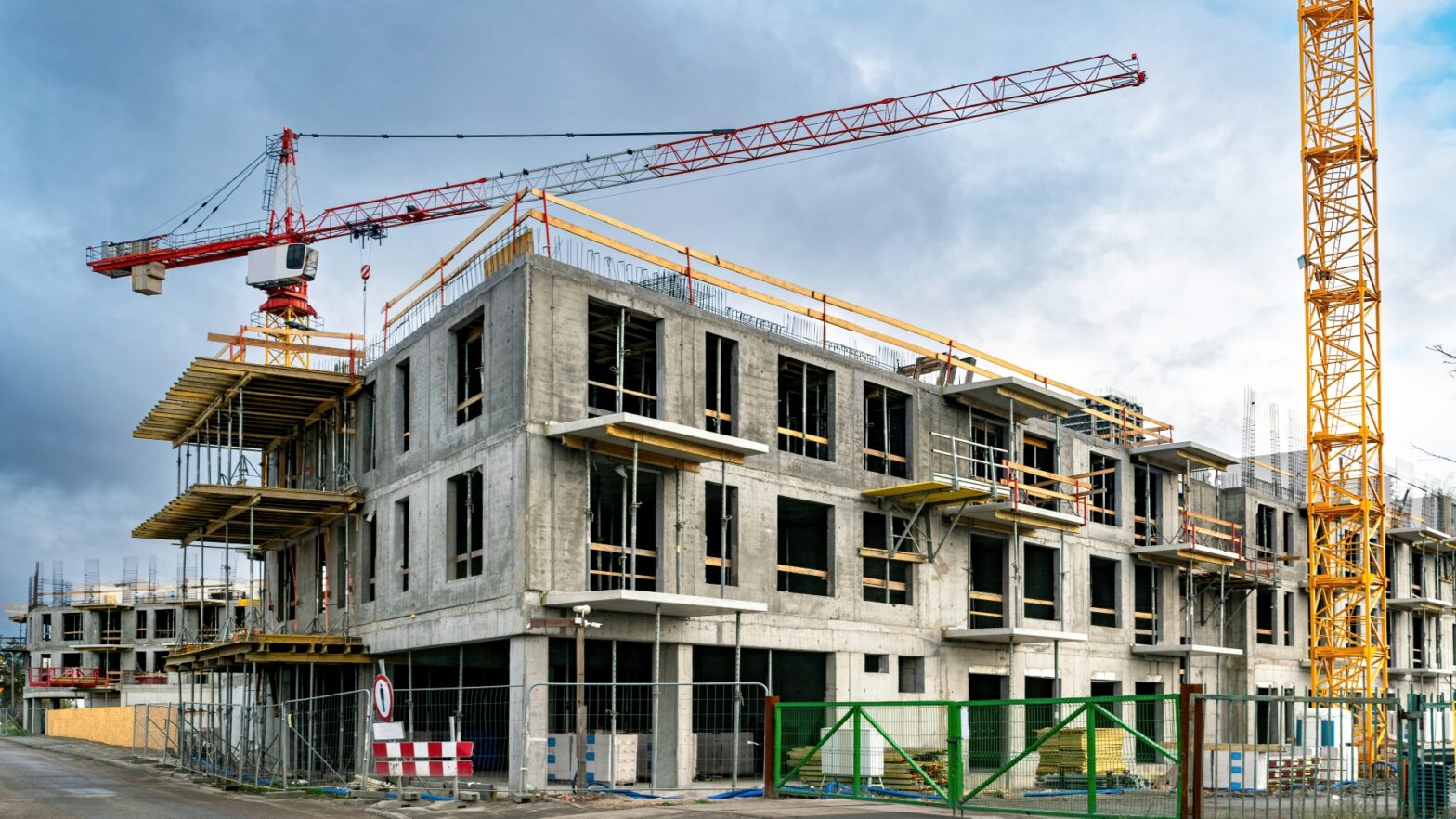Proactive equipment maintenance reduces downtime, extends service life, and improves cost efficiency. While some sites face repeated breakdowns, others maintain operational continuity by adopting structured care strategies.
Focusing on targeted maintenance routines and utilising predictive technologies enables site managers to shift from reactive fixes to long-term asset management. This approach supports operational resilience, reduces repair costs, and aligns with sustainability goals.
Prioritizing High-Impact Maintenance Actions
Effective maintenance strategies directly influence equipment lifespan and operational reliability. Focused attention on proactive measures reduces unplanned downtime, lowers replacement needs, and supports long-term value creation.
Extending the lifespan of construction machinery by 50% can result in 33% fewer replacements, offering measurable financial and environmental advantages.
Heavy-duty equipment experiences persistent stress in daily operations. Replacing worn or degraded components—such as durable excavator parts for heavy-use environments—helps avoid mechanical failures that disrupt project timelines.
To support optimal performance, maintenance practices should cover these essential areas:
- Routine inspections that identify early signs of wear
- Fast resolution of minor defects before escalation
- Scheduled parts replacement based on usage data
- Consistent lubrication and cleaning of vital systems
- Ongoing documentation of service activity and component history
Understanding which tasks offer the greatest return is key to efficient equipment management. Allocating resources to high-impact interventions with precise timing enables companies to improve asset reliability and reduce total ownership costs.
This turns maintenance from a recurring expense into a long-term operational strategy.
Component Upgrades and Sustainable Retrofits
Upgrading worn-out equipment parts and investing in long-term infrastructure protection can substantially increase system reliability, reduce replacement costs, and reduce workplace injuries.
Statistically, construction machinery and tools are among the highest sources of workplace injury risk, accounting for approximately 80% of site hazards. Common injuries linked to equipment issues include cuts, crush injuries, burns, and electrical shocks.
Entanglement and impact from ejected materials or moving parts are particularly prominent risks associated with worn or faulty equipment components.
“One of the best ways to make sure you comply with the necessary health and safety regulations is to join an assessment or accreditation scheme.” — Sarah Still, NCC UK
Thoughtful component replacement isn’t just reactive—it enhances overall performance and extends the working life of critical assets.
Surface Protection as a Preventive Measure
Targeted maintenance strategies offer strong returns. For example, driveway sealing solutions help shield exposed surfaces from early wear and moisture-related damage. This proactive measure can minimize repair cycles and strengthen overall infrastructure resilience.
Key Steps for Effective Component Upgrades
Implementing structured upgrade practices ensures that investments align with equipment reliability goals. Here are fundamental steps that support this approach:
- Identify high-stress components and areas prone to frequent failure
- Upgrade inefficient parts with modern, performance-tested alternatives
- Install monitoring systems to track wear and stress in real time
- Log and analyse the impact of each component revision
- Set a regular schedule for inspecting updated systems
The effectiveness of sustainable retrofits relies on selecting the right upgrade for each asset. Maintenance professionals must evaluate usage trends and load conditions to determine which improvements will provide the most benefit.
This precision-focused planning maximizes maintenance value while significantly extending equipment service life.
Predictive Maintenance with Advanced Technologies
Modern maintenance practices have progressed beyond routine scheduled checkups. Adopting predictive technologies has changed how organisations oversee maintenance, using data to anticipate issues before failures occur.
Predictive systems gather real-time data from equipment sensors, identifying performance changes and early signs of wear before they become critical problems. These insights support faster decision-making and help reduce unplanned downtime.
Maintenance teams now use data analytics to detect subtle behavioural shifts in machinery, indicating stress or degradation. This evidence-based approach allows early intervention, reducing the likelihood of failures and improving consistency in day-to-day operations.
Predictive Technologies Support the Following Strategies
- Monitoring real-time performance via sensor-based networks
- Issuing early fault alerts for core equipment components
- Generating automated maintenance schedules
- Conducting trend analysis to optimise servicing timelines
- Reducing costs through the early identification of high-risk components
The transition to predictive maintenance has demonstrated measurable gains in asset performance, operational efficiency, and cost control.
| Internet of Things (IoT) Sensors: These are installed on heavy equipment to continuously measure parameters such as vibration, temperature, pressure, fluid levels, and sound. Sensors provide real-time data on equipment condition, enabling early detection of abnormalities. |
Improving Maintenance Records and Task Priorities
Effective maintenance begins with accurate, consistent documentation. Detailed records of equipment performance allow teams to identify patterns, predict potential faults, and plan reliable maintenance schedules.
Tracking activities such as repair timelines, equipment history, and performance metrics builds a knowledge base that supports more precise decision-making.
Key Practices for Structured Documentation
Well-defined documentation strategies help maintenance professionals prioritise tasks and align resources efficiently. The following practices support sustained asset performance:
- Real-time tracking of operational data and equipment metrics
- Standardised reporting protocols for maintenance and repair activities
- Digital asset management tools for fast access to historical performance data
- Ongoing analysis of maintenance trends and common failure points
- Clearly defined procedures for escalating critical issues
Prioritising maintenance actions based on documentation insights allows teams to allocate resources where they are most required. This evidence-based approach enhances uptime, reduces unnecessary servicing, and controls maintenance spending.
Clear visibility into asset condition also helps distinguish urgent tasks from those that can be scheduled later, promoting a balanced maintenance plan that limits both unplanned breakdowns and excessive servicing.
Building Collaborative Maintenance Teams
Sustaining equipment lifespan through modern maintenance methods relies on building well-coordinated, skilled maintenance teams.
In the construction industry, where safety and operational performance are closely linked, collaboration between site personnel, technical teams, and supply chain partners is essential to maintaining asset integrity and protecting workers.
Establish Transparent Communication
Effective team coordination begins with reliable information sharing. Real-time updates on equipment faults and remediation activities help prevent delays and miscommunication.
The Health and Safety Executive (HSE) endorses digital reporting tools and centralised maintenance management systems supporting fault logging, repair scheduling, and risk reduction.
Combine Cross-Functional Expertise
Drawing input from operators, technicians, and procurement specialists forms a comprehensive view of equipment performance. Operators’ insights into early-stage wear complement technicians’ diagnostics, which benefit from thermal imaging and vibration testing aligned with HSE best practices.
Procurement must also comply with the Construction Products Regulation (CPR) to avoid risks associated with substandard parts and support safe and legally compliant equipment use.
Facilitate Joint Problem Solving Backed
Team-based fault analysis improves response time and accuracy. Computerised Maintenance Management System (CMMS) platforms support these efforts with audit trails, scheduling, and status tracking—key features for demonstrating compliance under law.
Routine joint reviews further help teams remain compliant while strengthening site safety culture. Referencing Personal Protective Equipment (PPE) at work, frequent use of protective equipment must be reinforced through training and planning to improve safe maintenance execution.
| Regularly inspect: Focus inspections on high-wear parts such as hydraulic systems, undercarriage components, engines, filters, belts, and tires/tracks. Regular cleaning and lubrication reduce friction and prevent premature wear. |
Smart Maintenance Matters
Extending equipment life requires a structured approach grounded in strategic maintenance. Preventing breakdowns is only part of the equation—long-term value comes from maintaining reliability and performance across the asset lifecycle.
Using data-driven methods, emerging technologies, and skilled team coordination, site managers can reduce operating costs, extend machinery lifespans, and limit environmental impact.
Predictive maintenance, precise documentation, and investment in remanufacturing are key practices contributing to sustainable, long-life equipment performance across construction environments.


































